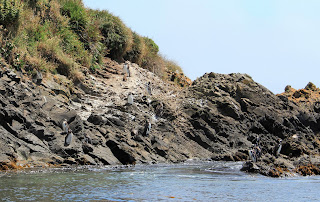 |
| Teatro del Lago: home to the famous week-long music festival featuring opera, jazz and classical music |
 |
| The lakeside waterfront with the volcano in the background |
 |
| The Colonial German Museum |
 |
| The sapphire blue waters of the Lago Llanquihue and the conical Volcán Osorno |
 |
| A selection of Frutillar's charm: German architecture, churches, craft shops and lakeside vistas |
 |
| Our hotel in Frutillar - especially wonderful after a long time on the road! |











































